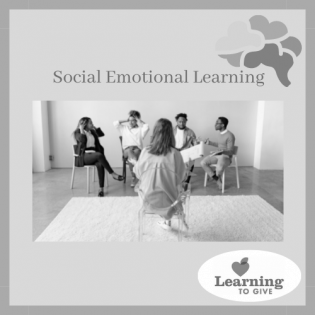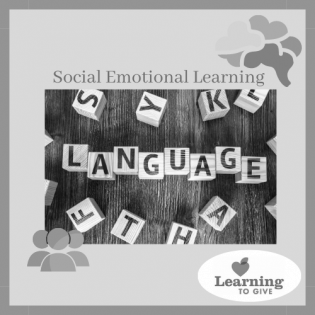The children write and publish their Living History books, following their interview notes and book format traditions.
Filter by subjects:
Filter by grades:
Filter by audience:
Filter by issue area:
Filter by content type:
Filter by resource type:
resource search
Children develop sharing and learning relationships with senior friends from a local senior center or retirement home as they volunteer to write the "living history" of that person. Partners from both generations discuss how they have been philanthropists in their lives.
This lesson is a celebration to culminate this intergenerational project. The children make a final visit to the senior center or retirement home where all the participants gather for a snack and a farewell celebration. The children read aloud and give their published Living History Books to...
Giving homemade blankets to help people who are homeless or young people in the hospital is a form of philanthropy (giving treasure). What is the best way to donate? Using a decision-making model, the young people compare blanket projects and determine whether they have the time,...
Young people make blankets as comfort items for a population in need. They explore options and make a decision about what project they want to do based on need, analysis, and opportunity cost.
Participants use langauge and art to illustrate the vocabulary of philanthropy and the importance of the tradition of philanthropy to the community.
Young people define and explore the concepts of traditions and philanthropy. They recognize that philanthropy traditions contribute to a strong, healthy community.
In this story, Charles Dickens tackles the meaning of Christmas and the impact of greed on the individual and on the community. Originally published in 1843, "A Christmas Carol" has remained popular throughout the years.
This activity prompts young people to think and speak critically with their peers about a real-world topic. They consider how the topic applies to them and how it might impact others. During this activity, youth share their opinions, debate their positions, and sometimes even change sides as their opinions shift to accommodate new information or other viewpoints. This activity introduces young people to the concepts of bias and stereotypes by discussing how the judgments we make can be very damaging.
Language holds the power to unite or divide us, and we may unknowingly use language that excludes or offends our listeners. The language used at home, on TV, in Music, and in the Media often contains insensitive or divisive language with the potential to offend. Youth can identify and make an effort to use more inclusive language instead. By managing their own language, youth can serve as models for their peers and others in their community.


